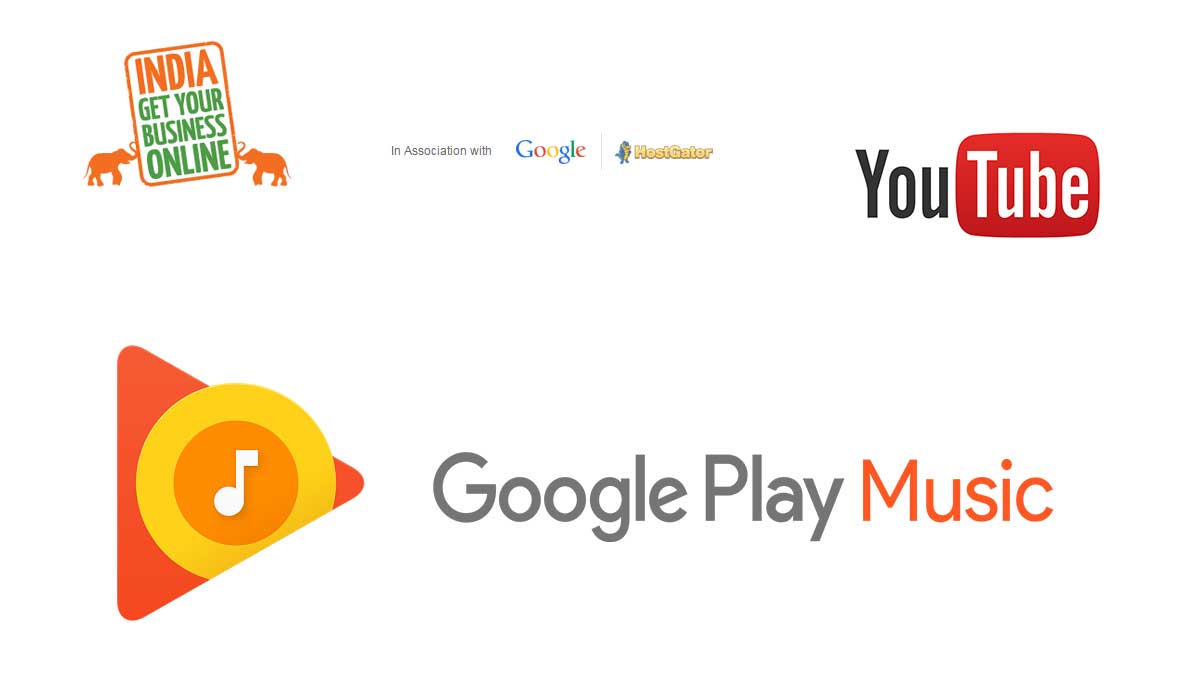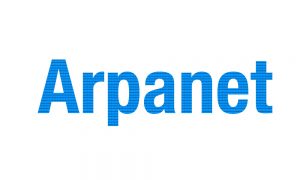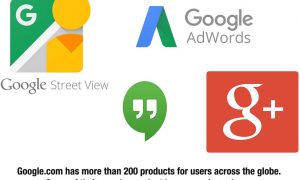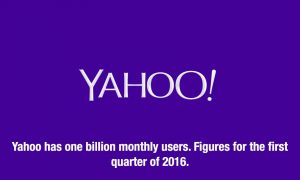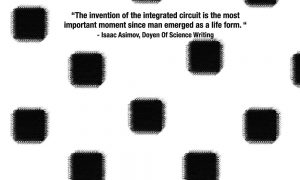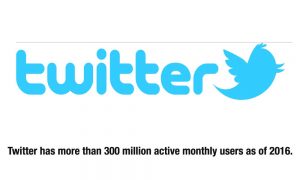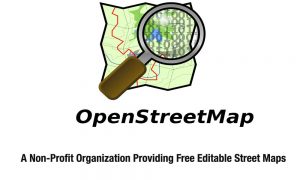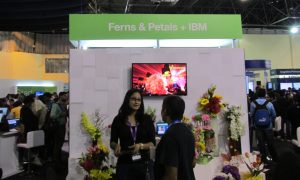Google revamped its search engine making the search more human than before. Amit Singhal, Senior Vice President of Google, described its role: “Until now Google was only able to match keywords, rather than understand the context. The new function, known as the Knowledge Graph, is the first step towards building the next generation of search, which taps into the collective intelligence of the Web and understands the word a bit more like people do.”
The new function is programmed to use around 3.5 billion different attributes to organise the results. For example, the term ‘Taj Mahal’ could mean different things to different people: the famous monument, a Grammy Award or a casino by that name. The Knowledge Graph has more than 500 million objects, besides their related facts to search for the wanted name.
The service was first available for the US-based English language users. Google introduced the service following the revamped Bing of Microsoft announced a few days earlier. Yahoo too rolled out a similar service called, ‘search direct box’.
As an extension of the Knowledge Graph, Google has introduced an upgrade, known as Hummingbird, which makes the search more than human. It enables the use of voice to speak requests into mobile phones and other wearable devices and interact on ideas.
Free Websites Offered
Google has offered free websites for small and medium businesses (SMEs) in India. Google+ Business Profiles offers websites personalised domain names, hosting services and corporate e-mail, free of charge for one year. The search company hopes to help at least five lack SMEs by 2016. The paid service is already in operation in 15 countries including the USA and UK. Of the estimated 80 lakh SMEs in India, only some four lakhs have online presence and only one lakh have a quality website.
The initial free service is expected to bring in revenue to Google, when enterprises continue it on payment basis and tap tools like Google’s AdWords for enhanced visibility online.
With the advent of cloud computing and high-speed third- generation spectrum, Indian enterprises hope to gain access to otherwise expensive software and infrastructure. Google’s business profile is somewhat similar to Facebook’s Pages and the Azure platform of Microsoft. India’s Tata Consultancy Services has also launched its pay-per-use cloud-based offer for SMEs.
YouTube without ‘You’!
Every second, videos that would last 24 hours are uploaded into YouTube. Google acquired it in 2006. The video site was founded a year earlier by Steve Chen, Chad Hurley and Javed Karim. The site allows users to upload and share video clips across the Internet through websites. The site has one billion users and reports over four billion clip views per day. Each month people worldwide spend nearly three billion hours on the site. Proliferation of camera phones has made it easier for ever more people to create and consume video.
Special events attract record number of viewers. For instance more than 55 million watched IPL cricket matches on the Internet. India is one of the top three countries, which have registered maximum searches during the World Cup soccer season.
YouTube has revamped its services putting TV channels at the core of the service with a view to providing a broader range of entertainment. YouTube is planning to become the central purveyor of all video content, by creating dozens of TV channels to show Hollywood movies and scheduled programmes that feature comedians, sports stars and musician and others. With massive investment, Google wants to create an alternative to cable TV on the Internet. Google believes that the Internet is the third phase of TV business after network TV and cable TV.
YouTube is all set to become more commercial and more TV-like. YouTube website has been redesigned to shift the focus on channels. A channel is a curated list of video clips chosen by a celebrity, displayed in the central column on the website’s home page. Google has already finalised plans launched 100 channels. This trend of professional input would wipe off the ‘You’ from YouTube! It is not known whether the free service would continue after the redesign.
Presently, common users outnumber professionals on YouTube. Though many videos may not be of general interest, some odd events stand out. For example, a piano-playing cat on YouTube hit a record number of 20 million viewers! The children programme, Sesame Street, is nearing a record of one billion views since it was put on YouTube in 1996.
The move to introduce more professional channels has evoked energy reaction from users worldwide. Users are not sure if they would continue to enjoy their freedom from regulation, which enable them to upload whatever they like. The popularity of YouTube is not due to the technical excellence of the content, but to what one may describe as subjective celebration of one’s own creativity, often based on limited interest among one’s family and friends. A child’s scrapbook is no less valuable to its parents than a masterpiece of Picasso. YouTube without You is not the same as YouTube!
YouTube has planned to offer paid video service in India. Google has introduced paid video in Australia, Korea and Japan. It is reported that regional TV offers considerable scope in India to be converted into YouTube content.
Google Music
Google’s music service is open to everyone. It allows you to upload up to 20,000 songs without payment. Once uploaded, the music can be streamed to all your other devices free of change. Also, users of Android mobile phone can have a 90-seconds preview. If you buy a song, it would be possible for you to share it with all your friends in the Google Circle.
Google and other search engines have now a rival, called Yacy (pronounced as ‘Ya-see’). Anyone can download the software and help improve the search system. It was opened to the public in 2011. It is supported by the Free Software Foundation of Europe, which is an advocate of digital rights. Yacy helps privacy by encrypting all queries. The participants of the software hope that it would be harder to censor the results as the queries are not processed through centralised servers. The idea is interesting, though it is more an experiment than an operational feature.
One may wonder how Google detects duplicate content. Hundreds of copies of the same news item or article in various formats will show up. Identifying identical pieces is done by a programme called Fussy hashing. The technique has been used in biology for comparing the gene sequence of one micro-organism with a known sequence of a related one. Basically fussy hashing produces ‘fingerprints’ of files and then compared them for detecting the differences. Invented by Google, the technique works with another programme, called MapReduce algorithm which will crunch data and bring out the relevant facts.
Google has updated its algorithm to raise the ranking of high-quality sites. The update was designed to work out if you want data updated by the minute or just wish to access historical data. Google’s web indexing system, called Caffeine is now updated continuously. Pregel, a graph database, is used to trace the relationship between vast amounts of online information. Progress in artificial intelligence is expected to drive innovations in Google (Box. 35).

